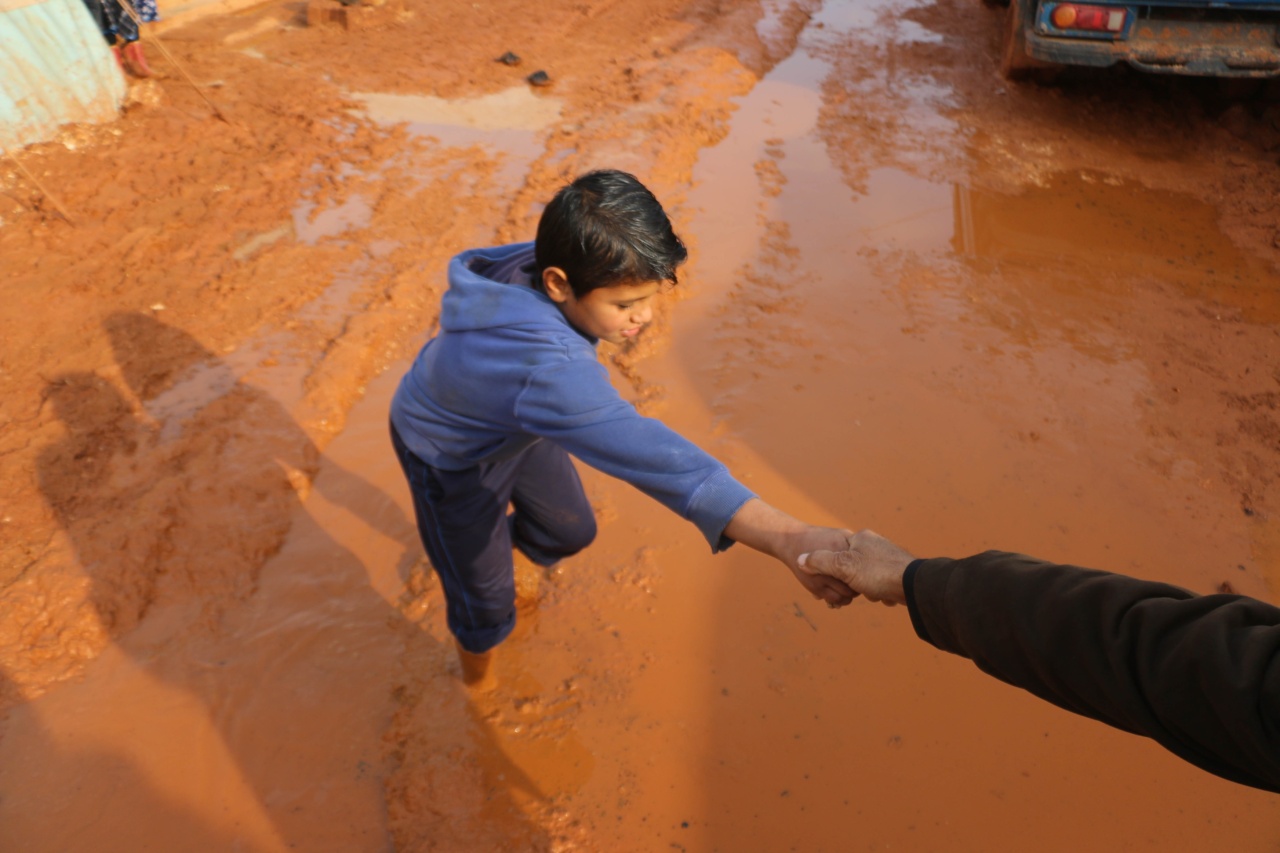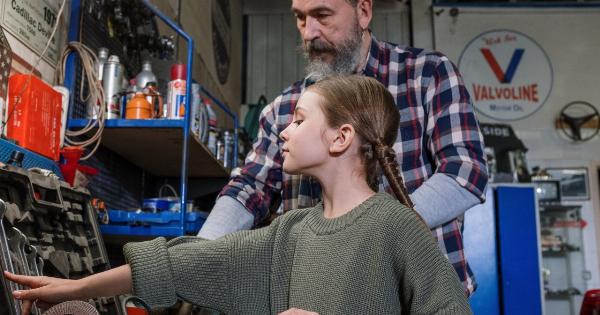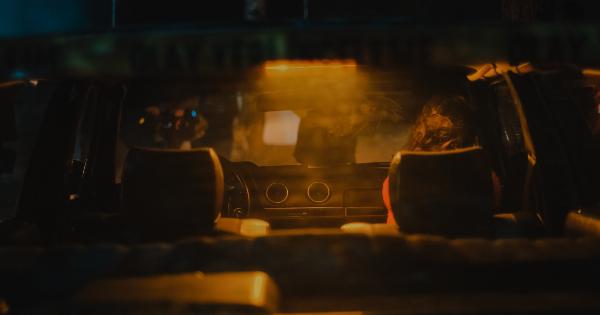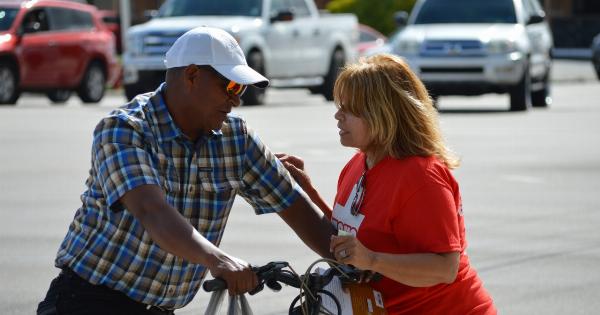Being in a car accident can be a stressful and traumatic experience for anyone, especially for children. It can be frightening and overwhelming, and they might not know how to handle the situation.
If a child is in shock after a car accident, it can be challenging to know how to help them cope. In this article, we will discuss ten ways to help a child who is in shock in the car.
1. Stay Calm
The first and most crucial step in handling a child who is in shock is to remain calm yourself. By staying calm, you can help to assure the child that everything is okay and that they are safe.
It is essential to keep your voice calm and steady, and to avoid getting frustrated or angry. If you seem nervous or anxious, this can increase the child’s stress level, and they may feel more overwhelmed or scared.
2. Assess the Situation
After the accident, it is crucial to assess the situation and any injuries that the child might have. If you notice any signs of injury or trauma, such as bleeding, broken bones, or unconsciousness, call for medical assistance immediately.
Even if the child seems okay, it is always best to get them checked out by a medical professional, just in case.
3. Check for any Car Safety Features
If you have been involved in a car accident, it is essential to check that all car safety features are working correctly. This includes seatbelts, airbags, and any other safety equipment in the vehicle.
Children may not understand how these features work, but it’s important to ensure that they are properly secured and safe in the car.
4. Find a Safe Place
After an accident, it is important to find a safe place for the child. This can be somewhere away from the accident scene, such as the shoulder of the road or a nearby parking lot.
You should also keep the child warm and provide them with any necessary first aid. If you have a blanket or a jacket, cover them with it to help them maintain body heat.
5. Reassure the Child
It’s essential to reassure the child that they are safe and that everything will be okay. Children may not understand what has happened, and they might feel scared or confused.
You can reassure them by holding their hand, speaking to them calmly, and letting them know that help is on the way.
6. Keep the Child Comfortable
Being in shock can be stressful and uncomfortable, so it’s important to keep the child as comfortable as possible. If the child is in pain, you can help to alleviate it by allowing them to rest and relax.
You can also provide them with water or a snack to help them feel more at ease.
7. Distractions
Distracting the child can help to take their mind off the accident and reduce the stress and fear that they are feeling. You can play a game with them or ask them to tell you a story.
You can also sing a song or listen to music together to help them feel more relaxed and calm.
8. Seek counseling
If the child continues to feel distressed or anxious after the accident, it may be beneficial to seek counseling.
A qualified professional can help the child to deal with any trauma or anxiety that they are experiencing and provide tools and techniques for coping with stress in the future.
9. Talk about the experience
It is important to talk about the experience with the child, even if it’s difficult. Talking about it can help them to process what has happened and understand their feelings.
You can ask them questions about how they feel, what they remember, and what they would like to do to feel better. It is important to be supportive and understanding and to listen to what the child has to say.
10. Life after the accident
After the accident, it is crucial to establish a sense of normalcy in the child’s life. This means getting back to their daily routine and helping them to understand that accidents can happen, but they can also take steps to stay safe.
You can reinforce safety measures, such as wearing a seatbelt, and help them to build confidence and resilience.































